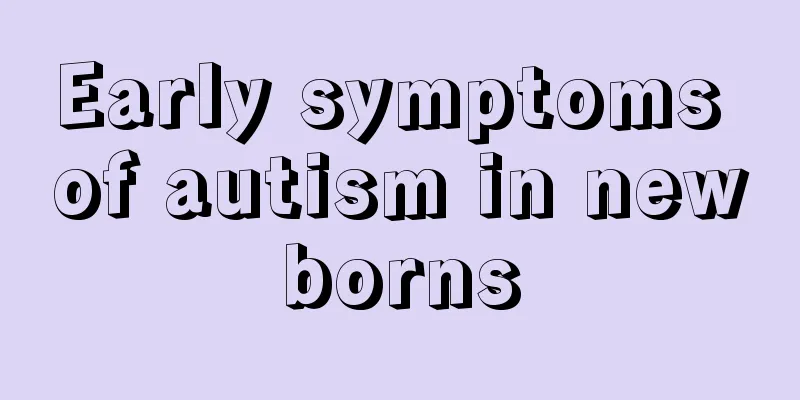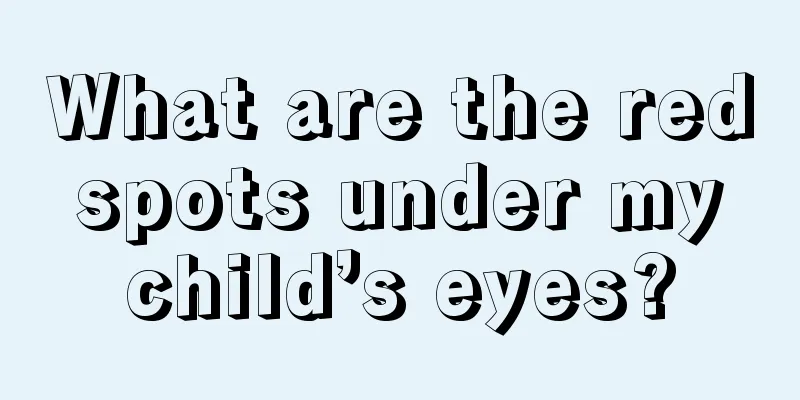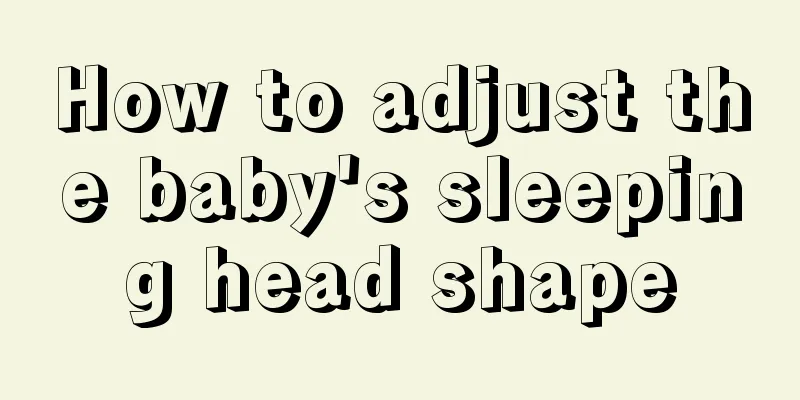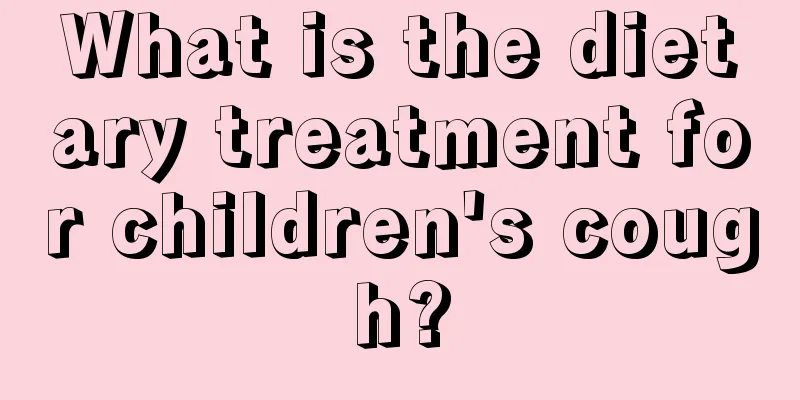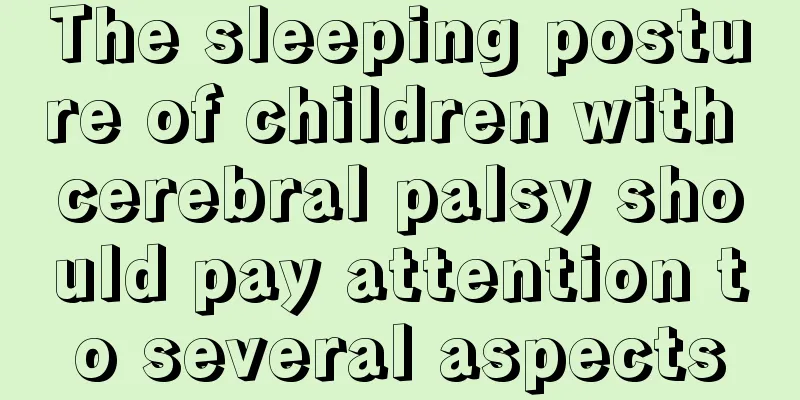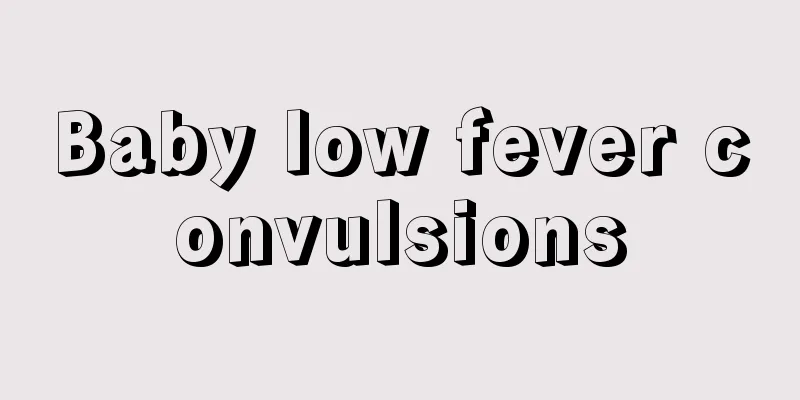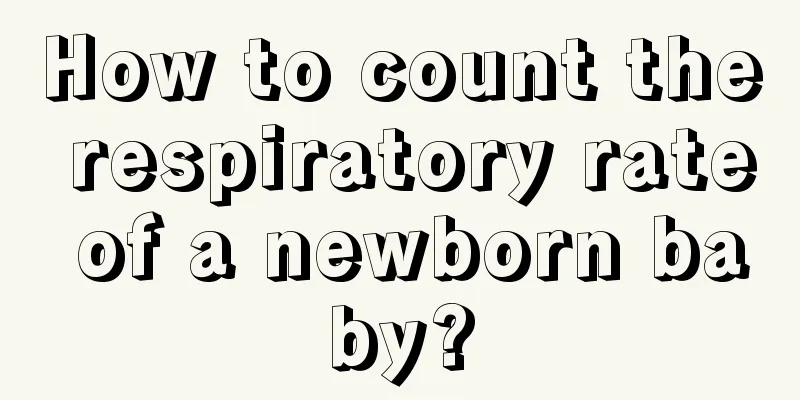How to do facial pain scoring in children?

|
The face is rich in sensory cells, which are connected to nerves directly to the brain's command center. Therefore, when the face is stimulated, people will become very sensitive. Facial pain is something that many people have experienced. The degree to which each person can feel this pain is almost different. Therefore, a pain score can be made to diagnose the specific cause of the disease. Let's take a look at how to do a facial pain score for children. 1. Visual Analog Scale (VAS) There are no text descriptions at the two ends of the ruler. Just a smiling child's face is drawn on one end, indicating no pain; the other end is a graphic of a painful face, indicating extreme pain. 2. Facial emotion scoring method The child is asked to choose from a series of pictures coded 1 to 9, representing facial expressions of varying degrees of pain: eyebrow retraction, squinting, deepening of the nasolabial folds, open lips, vertically stretched mouth (tight lip corners, chin prominently lowered), horizontally stretched mouth, pursed lips, tense tongue (tongue in the shape of a tall rod with tight edges), and trembling chin, to represent his or her own degree of pain. Can be used for children aged 5 years and above. Alternatively, six photographs with similar facial expressions (Oucher scale) can be used and placed on a vertical line with regularly spaced marks (0, 20, 40, 60, 80, 100). The numerical value indicates the degree of pain and is suitable for children aged 3 to 12 years. 3. Behavioral Assessment Methods Children's behavior is expressed in numbers, and evaluation indicators include crying, facial expressions, pain complaints, body activities, leg activities and reactions to touch. Note: 1. When observing the impact of postoperative pain on children's behavior, the child's health status should be correctly evaluated before surgery and the changes in the child's behavior should be correctly judged. Individual differences in pain responses appear in infancy and can affect an individual's pain behavior; for example, female infants appear to react more strongly to pain than male infants. 2. Some behavioral reactions may have different subjective contents in different children. For example, crying can reflect pain, fear and anxiety. |
<<: Symptoms of ceftriaxone allergy in children
Recommend
What is the schedule for a 6 year old?
Children are the most important part of the famil...
What to do if your child has a fever of 38.3 degrees
Children are the apple of their mother’s eye. Mot...
The difference between diapers and disposable diapers
Families with children will use diapers on a dail...
Is it good to squeeze the nipple for babies?
There are many traditional considerations in the ...
What are the benefits of children's electric toothbrushes
Nowadays, an ordinary toothbrush may be used for ...
What should I do if my baby has a fever during the confinement period?
Mothers will go through a difficult period of con...
What can children eat to grow taller?
In real life, many parents are concerned about th...
How tall can a person with a bone age of 13 grow?
In daily life, a child's height is actually m...
When is the best time to have surgery for droopy eyelids in children?
Ptosis in children is basically caused by genetic...
The most common methods used by families to reduce fever in young children
Fever in young children is a relatively common di...
Why does a child have a nosebleed when he wakes up in the morning?
Children's physical fitness is not the same a...
How are oral hemangiomas treated in children?
Oral hemangioma in children is a common benign tu...
What to do if a newborn baby has red spots on his face
When the baby is just born, because the baby is r...
When should children brush their teeth?
Teenagers and children with uneven teeth are ofte...
What should I do if my child has a cold and refuses to eat?
As we all know, when we have a cold or are sick, ...

